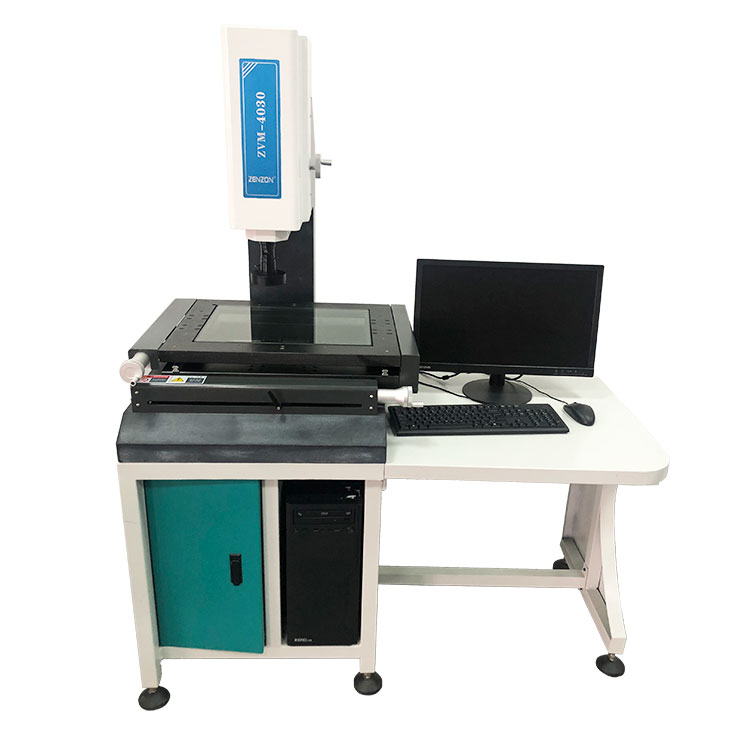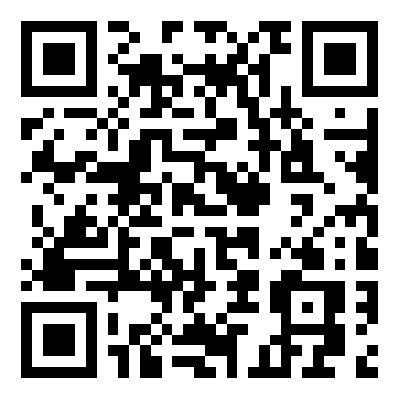What types of measurements and inspections is the Video Measuring Machine typically used for
2023-10-26
Video Measuring Machines (VMMs) are versatile instruments capable of performing a wide range of measurements and inspections. They are commonly used in various industries for tasks that require high precision and accuracy. Here are some of the types of measurements and inspections for which VMMs are typically used:
1. Dimensional Measurements: VMMs excel at measuring dimensions such as lengths, widths, heights, diameters, radii, and clearances on objects or components.
2. Geometric Measurements: They can assess geometric features, including angles, parallelism, perpendicularity, concentricity, flatness, and straightness.
3. Positional Measurements: VMMs determine the relative positions of features and components, verifying that they are correctly aligned and located.
4. Profile Measurements: These machines measure the profiles or cross-sectional shapes of objects, useful for assessing contours and ensuring they meet design specifications.
5. Depth Measurements: VMMs can measure the depth of holes, recesses, and other features, making them essential for tasks like depth profiling.
6. Roundness and Cylindricity: VMMs can evaluate the roundness and cylindricity of cylindrical objects, ensuring they meet the required tolerances.
7. Thread Measurements: They can measure the pitch, thread profile, and other parameters of threaded features, essential for ensuring the compatibility of threaded components.
8. Surface Finish Analysis: Some VMMs are equipped with surface finish analysis capabilities, providing information about surface roughness and texture.
9. Edge and Corner Radius Measurements: VMMs can accurately measure edge radii and corner radii on components, crucial for quality control.
10. Angle and Taper Measurements: These machines can assess angles, tapers, and chamfers, making them valuable for applications where precise angles are critical.
11. Runout Measurements: VMMs are used to measure runout, which assesses how much a feature deviates from its intended axis or center.
12. Comparative Measurements: VMMs can compare the dimensions of an object to a known standard or CAD model to check for deviations and variations.
13. Reverse Engineering: VMMs are used in reverse engineering applications to create digital models of physical objects based on precise measurements.
14. Quality Control and Inspection: VMMs are extensively employed in quality control and inspection processes in manufacturing to ensure products meet specific standards and tolerances.
15. Tool Verification: They are used to verify the accuracy and integrity of precision tools, such as cutting tools, dies, and molds.
The applications of VMMs are diverse, and they are used in industries such as aerospace, automotive, electronics, medical devices, precision manufacturing, and more. They are particularly valuable when high levels of precision and accuracy are required for measurements and inspections.



